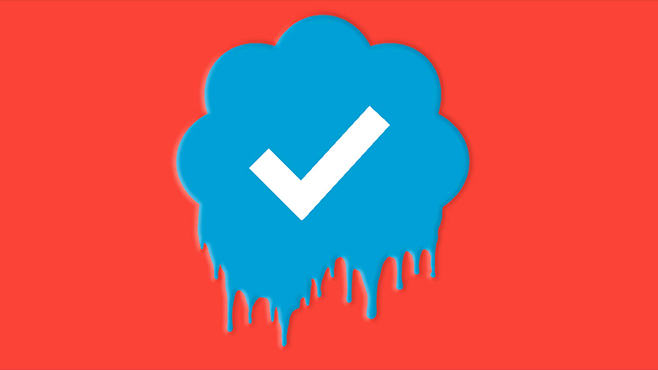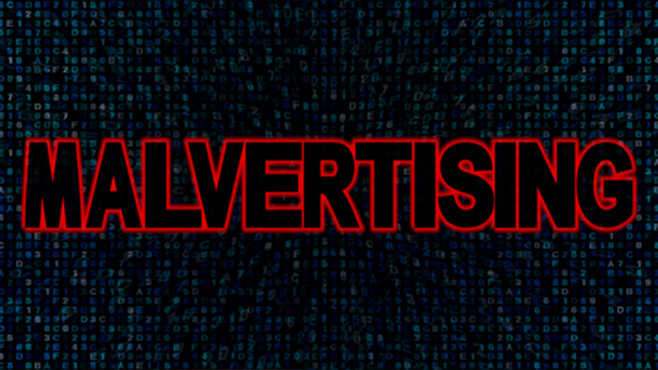The launch of Twitter Blue subscription service has raised concerns about the security of the platform.
The recent launch of Twitter Blue, a new subscription service that allows users to purchase verified accounts, has raised concerns about the platform's security. Since the launch, many purchased "verified" accounts have been used for malicious purposes, such as spreading hate speech, impersonating individuals and companies, and carrying out cryptocurrency scams.
Prior to the launch, there were warnings that this system could be easily abused. The addition of a checkmark next to a Twitter account has traditionally indicated that it is a verified account, but now anyone with $8 can purchase a quasi-verified account, which has led to confusion among users.
There was a previous incident that demonstrated the potential risks of this functionality. Kathy Griffin, a comedian with a verified account and over two million followers, changed her display name to Elon Musk, resulting in her account being permanently banned for impersonating another person.
Twitter Blue poses a significant threat to the security of the platform as it has opened up opportunities for malicious actors to engage in a range of nefarious activities. These include phishing attacks, spreading fake news, crypto-related scams, and malware distribution. The potential consequences of impersonating top politicians on Twitter could be catastrophic and lead to geopolitical disasters. Additionally, fraudulent verified accounts could even impact the stock and crypto markets, as users may speculate based on false information.
The ease with which cybercriminals can access Twitter Blue for just $8 and impersonate any individual or company worldwide is alarming. Even though Twitter is quick to suspend malicious accounts, the message can be retweeted thousands of times before any action is taken. The potential returns on investment for fraudsters are enormous, making Twitter Blue a lucrative target for criminal activity.
Here are some suggestions for rewriting the given text:
Tips for Twitter users to protect themselves
- Carefully examine both the name and the handle of a Twitter account before engaging with it.
- Verify the account's age, as well as its history of tweets, retweets, and interactions.
- Exercise extra caution when a Twitter account asks for money. It is essential to verify where the money is supposed to go and whether the same information can be obtained from a credible source such as an official website.
- When you see a Twitter account's verification checkmark, check whether the account was legitimately verified or paid for. This information can help you assess the account's credibility.
- Remember that if an offer appears too good to be true, it probably is.






